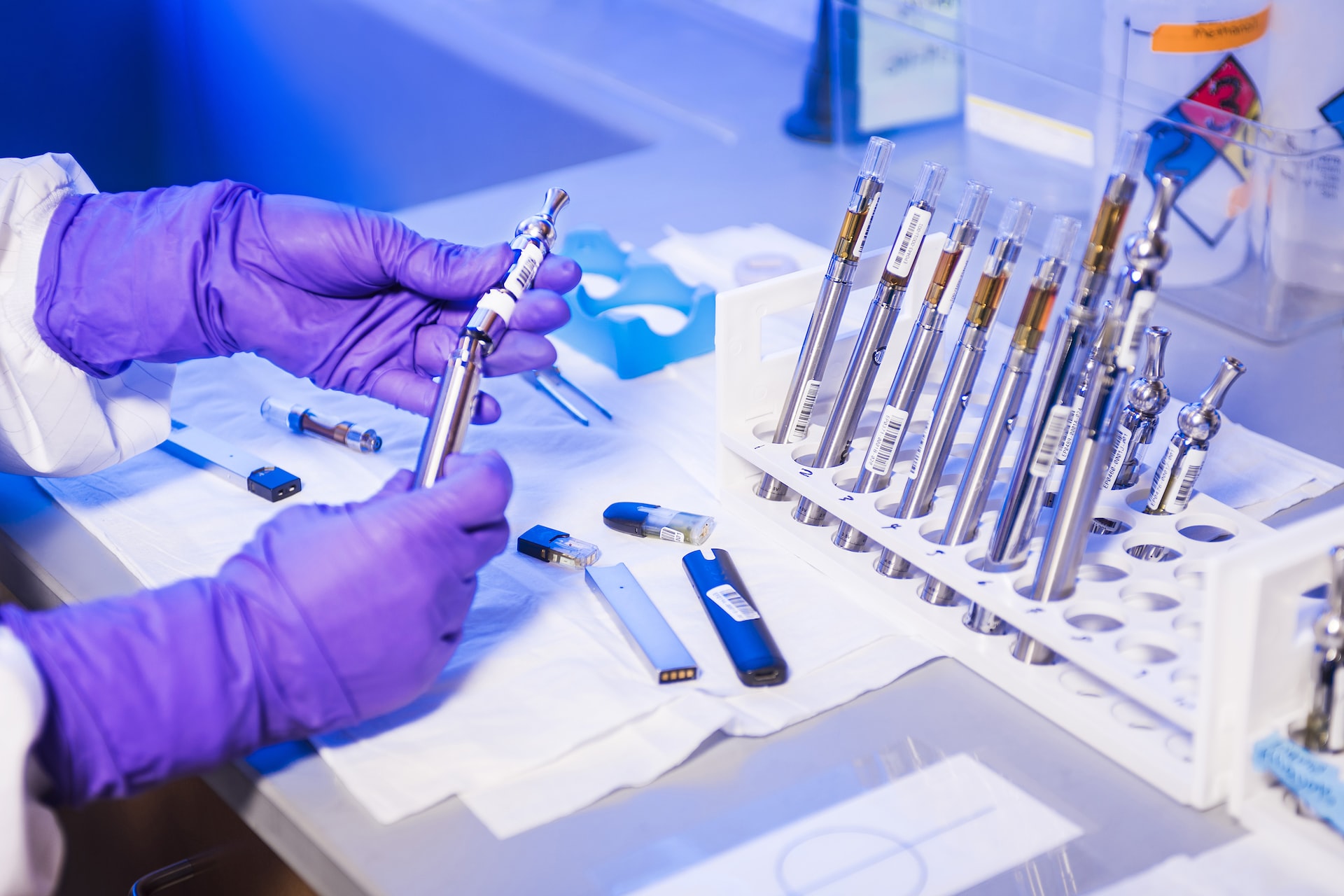Are you new to laboratory management and are unsure of how to get started? If yes, then you’ve come to the right place. Lab management is a process that follows different stages. Each one is aimed at ensuring that the lab is able to get the most productivity out of its resources.
This article will cover how to draw up a standard operating procedure (SOP) for a laboratory. It will then examine how to implement and remove different laboratory management styles and processes. It will also cover how to effectively hire, train, and retain lab staff. We will also look at how to conduct a laboratory audit, and how to implement changes after the audit.
In addition, it will consider what a good laboratory procedure can do to improve client satisfaction and quality.
If you’re looking to improve the standard of your lab, then read on to find out how you can do it with ease.
Contents
Establish Safety Protocols
Safety precautions should always be established and followed whenever working in a laboratory environment. All personnel should be properly trained to use personal protective equipment (PPE) and how to handle hazardous materials.
It is also important to ensure that any potential hazards, such as chemicals and machinery, are properly labeled and stored away from any areas where people are working.
Additionally, signs should be posted throughout the laboratory that reminds personnel to use caution and follow all protocol procedures.
All personnel should be aware of these protocols and trained on how to properly report any potentially hazardous situations or incidents.
Furthermore, conducting regular safety audits of the laboratory can help ensure that all safety measures are fully implemented and enforced. By establishing and maintaining a safe environment, personnel can be assured of their safety while working in the laboratory.
Create an Organized Schedule for Laboratory Staff
This ensures that everyone is working together in unison toward the laboratory’s goals and objectives. The schedule should include the hours and duties of each staff member, as well as any training and lab meetings that need to take place.
Ideas such as staff meetings and quarterly reviews should also be placed on the schedule to ensure that lab efficiency is maintained.
Additionally, holidays and vacations should be taken into account, especially if the laboratory conducts experiments that require set times and particular staff presence.
Finally, the manager should be available to support each staff member in their respective tasks and to be flexible when needed. Ultimately, an organized scheduling system ensures efficient management within a laboratory environment.
Establish Quality Control for Testing and Experiments
Properly managing a laboratory requires an understanding of how to establish quality control for testing and experiments. The first fundamental step is to establish a quality assurance program (QAP).
This will help to ensure that tests and experiments are conducted in compliance with established standards and that results are reliable and reproducible.
It is important to develop and document procedures for acquiring, handling, and storing samples, calibrating and maintaining equipment, and properly disposing of hazardous materials.
It is also critical to develop a chain of custody system to track and monitor the movement of samples. Finally, it is essential to ensure that all staff members are trained appropriately in the methods being used and all results are reviewed, validated, and recorded accurately.
By implementing all of these measures, one can ensure that testing and experiments conducted in the laboratory are accurate, reliable, and effective.
Documentation and Record Keeping
Record keeping should follow a systematic approach and contain detailed entries about desired observations and timelines. It is important to utilize a filing system like SciNote ELN to organize this information and to store a backup of data in the event of a loss. Additionally, proper labeling and filing processes should be addressed by keeping documents in folders/containers for different experiments and/or company departments.
Employees should also be trained on proper documentation and record-keeping processes, as well as be periodically reminded of them. Lastly, proper documentation and record-keeping standards should be implemented in order to protect the laboratory in the event of any questions or discrepancies.
Keep a Clean & Organized Lab Space
To properly manage a laboratory, you must maintain a clean and organized workspace. Begin by identifying any hazardous materials and products and separate them into designated areas.
All chemicals should be labeled and stored in designated areas. When transferring any liquids, cover the surface and keep spills contained.
When organizing the lab space, consider assigning each experiment to a numbered area and document any changes made. Ensure that hazardous substances are disposed of properly, by using designated disposal bins. Clean up spills and messes when they occur and monitor the temperature, air pressure, and air quality. Regularly wiping down surfaces, taking out the trash, and cleaning any glassware are ways to help maintain a sanitary environment.
Additionally, it’s important to remind staff members of laboratory safety procedures, storage protocols, and all general safety guidelines. Keeping a clean and organized lab space will help lead to a successful and efficient experiment.
Proper Discarding of Laboratory Materials
This is essential for the safe and effective operation of laboratories across all industries. Proper disposal helps to limit exposure to others and protect the environment.
Keeping the laboratory clean and organized is important in minimizing the risk of accidental spills, contamination, and hazardous material exposure. Each laboratory should have established protocols in place regarding the disposal of its materials.
These protocols should include a clear and concise list of materials that need to be disposed of and the methods used for discarding materials safely.
Additionally, any protocols should clearly indicate when materials should be disposed of, such as after a project has been completed or after the expiration date of the material. All discarded materials should be placed in protective, properly labeled containment containers, such as specialized biohazard bags or plastic-covered containers.
Proactive practices, such as recycling container materials or donating excess chemicals, can help minimize the amount of material sent to the landfill while reducing the overall cost of material disposal. Practicing proper disposal is essential for the safe and effective operation of any laboratory.
Utilize the Right Equipment for the Job
Properly managing a laboratory requires being aware of all of the available equipment. It is important to select equipment that is appropriate for the expected task and job volume, as the wrong tools can waste time and lead to errors.
The most important factor is to make sure that the lab is properly equipped to complete the tasks that are assigned. All personnel should be trained on the proper use of the equipment they are provided with. This includes safety protocols, maintenance needs, and ways to properly utilize the equipment to optimize efficiency. When in doubt, contact a specialist or manufacturer if further guidance is needed on how to properly utilize the right equipment for the job.
Lastly, all equipment should be regularly checked and maintained to ensure that everything is safe, efficient, and reliable.

It is now clear to you that effective laboratory management is key to successful laboratory operations. It includes having an organized and efficient workflow, using quality safety measures, and ensuring staff is adequately trained.
With these measures in place, laboratories are able to operate productively and efficiently. Take the time to properly manage your laboratory, and you will reap the rewards.






